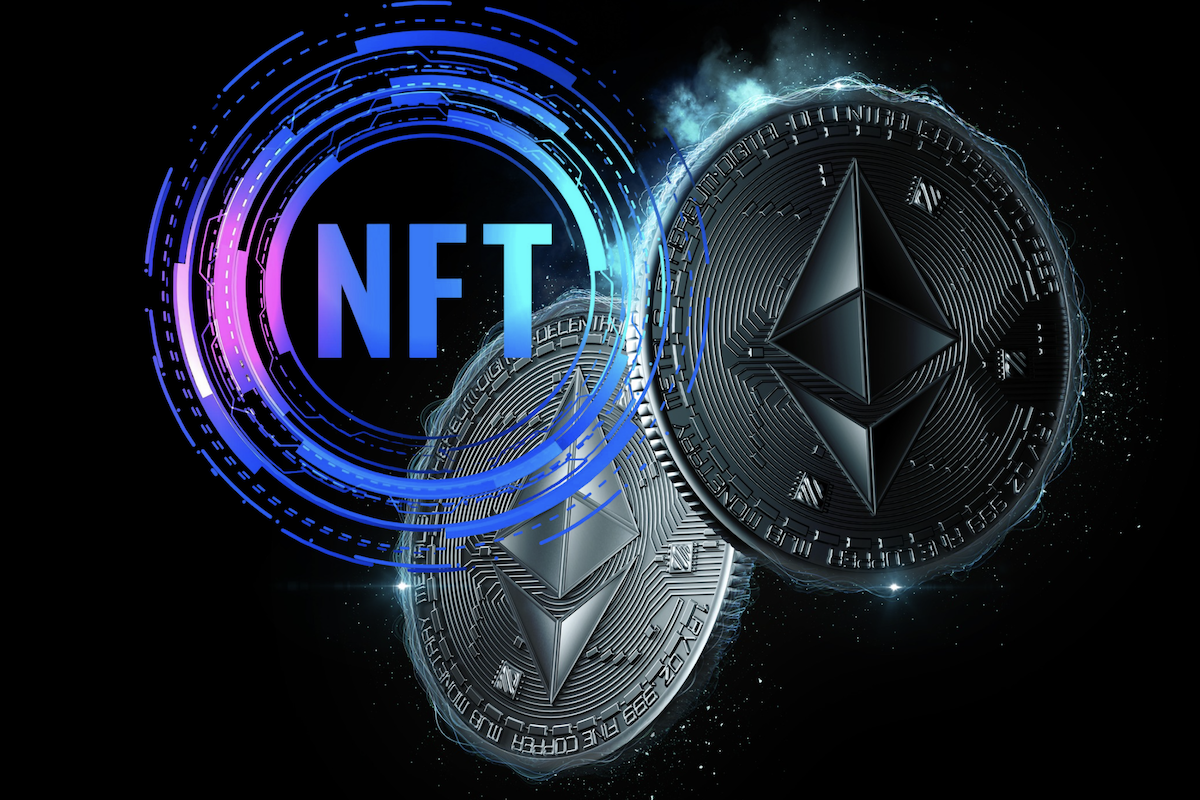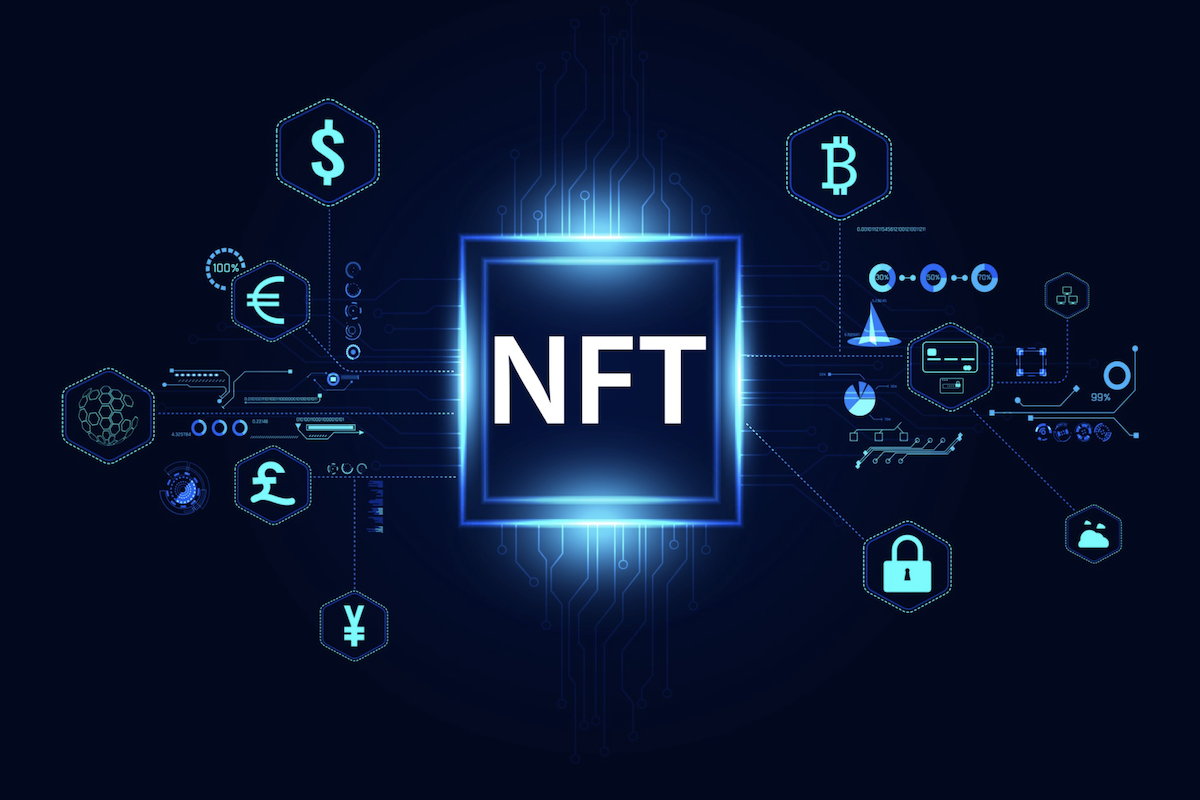Gas Hacks: 7 Advanced Techniques to Slash NFT Minting Fees on Ethereum
Slash Ethereum gas fees in 2025 with expert strategies like batch minting, lazy minting, L2s, and smart contract optimization. Mint smarter, not costlier.

Minting NFTs on Ethereum has become synonymous with creativity—and high costs. As the network's popularity has surged, so have its gas fees, sometimes making it prohibitively expensive for independent artists, small studios, or developers testing new projects. But that's changing.
Thanks to the evolution of Layer 2 solutions, smarter smart contract standards, and growing platform support for gas-saving features, creators in 2025 now have a toolkit to reduce Ethereum gas fees. Whether you're launching a 10,000-piece collection or a one-off art drop, these advanced techniques will help you mint more efficiently, strategically, and affordably.
Here are seven battle-tested gas hacks to optimize your NFT minting on Ethereum.
Key Takeaways
Layer 2 networks, such as Polygon and Arbitrum, offer near-zero gas fees for NFT minting.
Batch minting using standards like ERC721A can cut costs by over 80%.
Lazy minting defers fees to buyers, saving upfront gas.
Off-peak scheduling reduces Ethereum gas fees by up to 60%.
Smart contract optimization directly lowers minting transaction costs.
What Are Ethereum Gas Fees?
Gas fees are payments made to Ethereum validators for processing transactions. These fees, denominated in Gwei, vary depending on network congestion. Minting an NFT, which triggers smart contract execution, can cost anywhere from a few dollars to hundreds — making efficiency crucial for creators.

1. Use Layer 2 Solutions
Ethereum's congestion has driven gas fees sky-high, but Layer 2 (L2) solutions offer an elegant fix. Networks like Polygon, zkSync, Arbitrum, and Optimism offload transaction execution and settle on the Ethereum mainnet in batches. This reduces gas costs dramatically—often to fractions of a cent.
To begin:
Bridge ETH to your chosen L2 using tools like the Arbitrum Bridge or zkSync Portal.
Connect your wallet to the new network.
Mint your NFTs on supported platforms like OpenSea (Polygon), Immutable X, or Zora.
Pros
Gas fees as low as $0.01 per transaction
Fast confirmation and broad platform support
Cons
The bridging step may confuse beginners
Not all L2s are equally supported across marketplaces
2. Batch Minting with ERC721A or ERC1155
Minting NFTs one by one is inefficient. Standards like ERC721A and ERC1155 allow you to batch mint NFTs, compressing multiple mints into a single transaction—a game-changer for cost savings.
Here's how to use it:
Use a minting platform like Manifold Studio, or deploy a custom contract that supports ERC721A.
Upload your metadata and assets.
Mint in bulk using built-in batch functions.
This is one of the most effective methods for reducing Ethereum gas fees in high-volume projects.
Pros
Can slash gas fees by over 80% on large drops
Makes large-scale NFT releases economically viable
Cons
Slightly more technical—may require developer help
Not needed for small or single-edition projects
Azuki cut collector gas costs by over 60% using ERC721A.
3. Lazy Minting (Mint-on-Demand)
With lazy minting NFTs, creators upload content off-chain and defer blockchain confirmation until the asset is purchased. This means you avoid paying gas unless there's a sale.
How it works:
Choose a platform like OpenSea, Rarible, or Mintable.
Upload your NFT metadata—the file remains off-chain until sold.
When someone buys it, the NFT is minted and logged on-chain.
Pros
No upfront gas fees for the creator
Ideal for testing new ideas or low-budget collections
Cons
Off-chain storage raises permanence concerns
Buyers may prefer on-chain validation for prestige or provenance

4. Time Your Mints During Off-Peak Hours
Gas prices fluctuate wildly throughout the day. By timing your mint during low network activity, you can significantly reduce costs—sometimes by 60% or more.
To optimize timing:
Use trackers like Etherscan Gas Tracker or Blocknative's estimator
Identify low-traffic windows (typically 1–6 AM UTC or weekends)
Plan your drops or contract interactions accordingly
Pros
Immediate savings with no tech changes
Simple and effective
Cons
May require off-hours work or automation
Lower gas doesn't guarantee low total cost if the contract is inefficient
5. Optimize Smart Contract Code
Well-written smart contracts don't just perform better—they cost less. By minimizing expensive operations, you reduce the amount of gas required for minting and other interactions.
To get started:
Use libraries like OpenZeppelin, which offer gas-efficient contract templates
Run audits with tools such as Slither or MythX
Avoid storage-heavy loops and unoptimized logic
This is a long-term investment that helps consistently reduce Ethereum gas fees for both creators and collectors interacting with your contracts.
Pros
Reduces costs for every user who interacts with your contract
Increases long-term scalability and reliability
Cons
Requires development experience or hiring help
Audits can add initial costs
6. Set Custom Gas Prices and Limits
Most wallets allow you to adjust gas settings manually. During low congestion, lowering the Gwei price can result in meaningful savings without sacrificing reliability.
Here's how:
In MetaMask or Rabby, click "Edit" before confirming a transaction
Choose "Low" or enter a custom Gwei value (e.g., 8 Gwei during quiet times)
Confirm the transaction and monitor its progress
Pros
Gives full control over cost and speed
Useful for experienced users optimizing timing
Cons
Slow or failed transactions if Gwei is set too low
Requires gas awareness and monitoring
7. Use Gas Abstraction Tools or Gasless Minting
Gas abstraction shifts the gas payment from the user to a third-party relayer. Some platforms even subsidize these fees as part of promotional campaigns or UX design.
To try it:
Sign up with platforms like Mintology, Biconomy, or Gelato
Create your NFT and authorize a transaction—no ETH needed
A relayer processes the minting on-chain, sometimes absorbing the cost entirely
Pros
Users can mint NFTs without holding ETH
Ideal for onboarding non-crypto-native audiences
Cons
Relayers may experience downtime or rate limits
Long-term sustainability depends on the platform's business model
Risks to Consider
While these hacks can drastically reduce gas fees, they're not without trade-offs:
Off-chain or abstracted transactions may depend on third-party uptime and integrity
Lazy minting delays on-chain provenance
Optimized contracts require upfront dev work or audit costs
Bonus: Consider Cheaper Blockchains
Ethereum isn't the only game in town. Chains like Polygon, Tezos, and Solana offer minting for pennies or less—ideal for large or experimental projects.
Cross-chain platforms like OpenSea and Magic Eden now support multi-network minting, allowing you to maintain reach while dramatically reducing cost.
Conclusion
Ethereum gas fees remain one of the biggest hurdles for NFT creators—but they don't have to be. As the Ethereum ecosystem evolves, the tools to reduce Ethereum gas fees are becoming increasingly powerful, accessible, and creator-friendly.
From leveraging Layer 2s and batch minting NFTs to strategic timing and lazy minting NFTs, there are actionable ways to mint smarter.
Whether you're launching your first NFT collection or scaling your fifth, the techniques in this guide can help you stay competitive and sustainable in a cost-sensitive Web3 economy.
Frequently Asked Questions
Here are some frequently asked questions about this topic:
What is the best time to mint NFTs on Ethereum?
Between 1–6 AM UTC or weekends when the network is less congested.
Is lazy minting secure?
Yes, if done via reputable platforms. Security comes from the platform's smart contract infrastructure.
Which Layer 2 is best for NFT minting?
Polygon is the most widely adopted, but zkSync and Base offer strong alternatives.
Can I mint NFTs without paying ETH gas at all?
Yes, via gasless platforms or relayer-powered minting solutions.
What's the easiest way to batch-mint NFTs?
Use Manifold Studio or ERC721A-based contracts to mint multiple tokens in one go.




